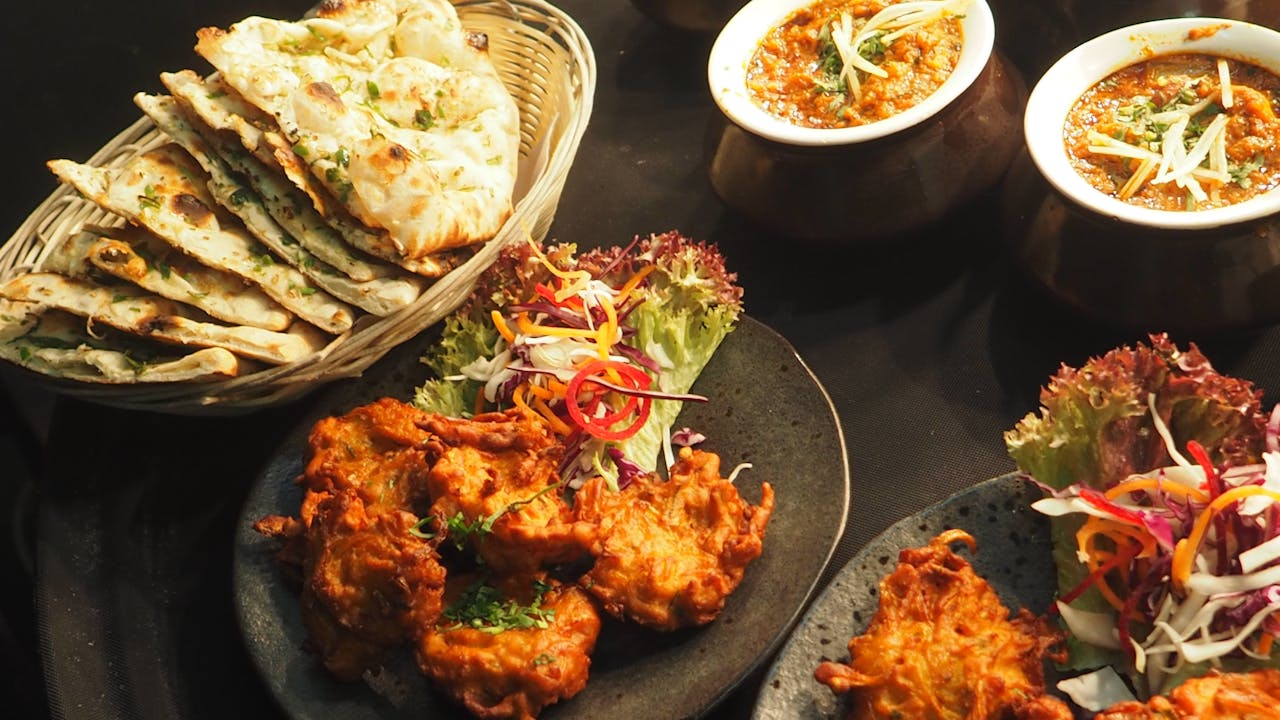Some favorites are slipping from daily life. Fisheries pause, orchards shift, and old counters go quiet. Recipes still exist, but the places and people who carried them are thinning out, one closure at a time. Seasonal rhythms change, labor grows scarce, and margins shrink until a signature dish becomes memory. What this really means is culture at risk. When a boat ties up for good or a soda fountain lights its sign for the last summer, flavors vanish with the room that made them make sense. The clock is not loud, but it is steady.
Maine Northern Shrimp Roll
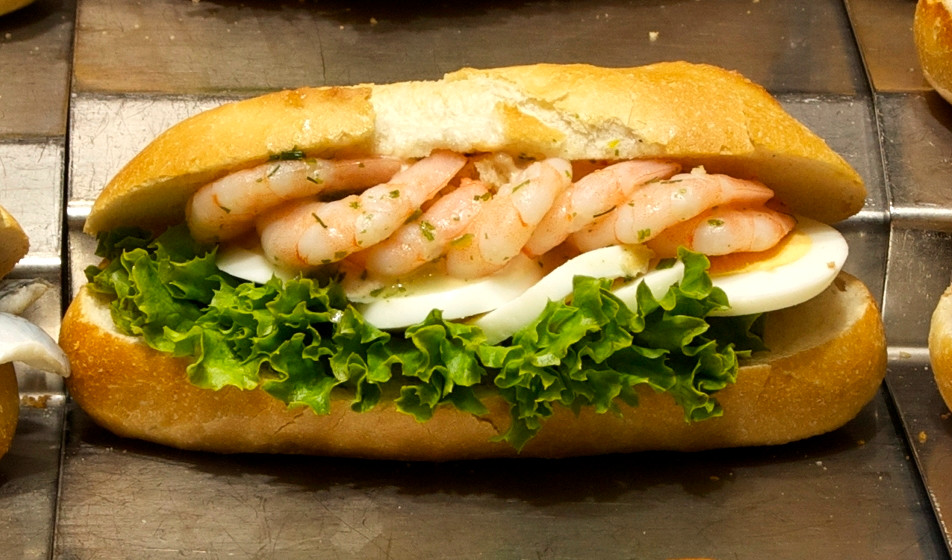
Winter once meant sweet pink shrimp piled into buttered buns from Kittery to Rockland. After stock collapses, the northern shrimp fishery sits under a long moratorium, and rolls have slipped off chalkboards. Some stands swap in imports, but the texture and briny snap land differently. A regional season that marked calendars now flickers as an occasional special. The sandwich survives in memory and rare runs, a postcard from colder waters that may not refill soon.
True Key Lime Pie
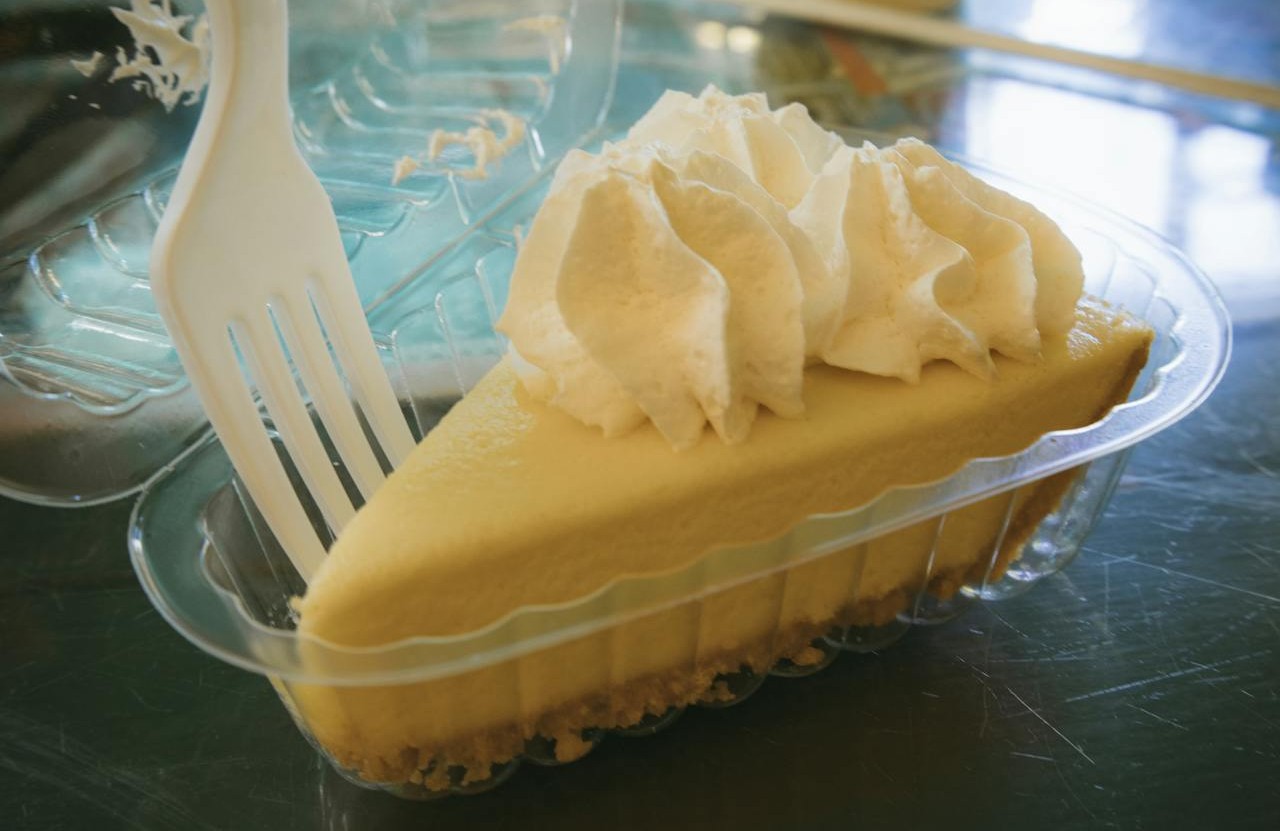
Key limes once perfumed South Florida backyards, their sharp, floral juice defining a pie that needed no coloring and very little sugar. Hurricanes, disease, and development reduced local fruit, so many pies lean on Persian limes or bottles. The dessert endures, but the original profile is faster and lighter, a sunlit bite that vanishes clean. Bakeries still chase real fruit in season. Without trees and time, the pie keeps its shape while losing the quiet note that mattered.
New England Indian Pudding
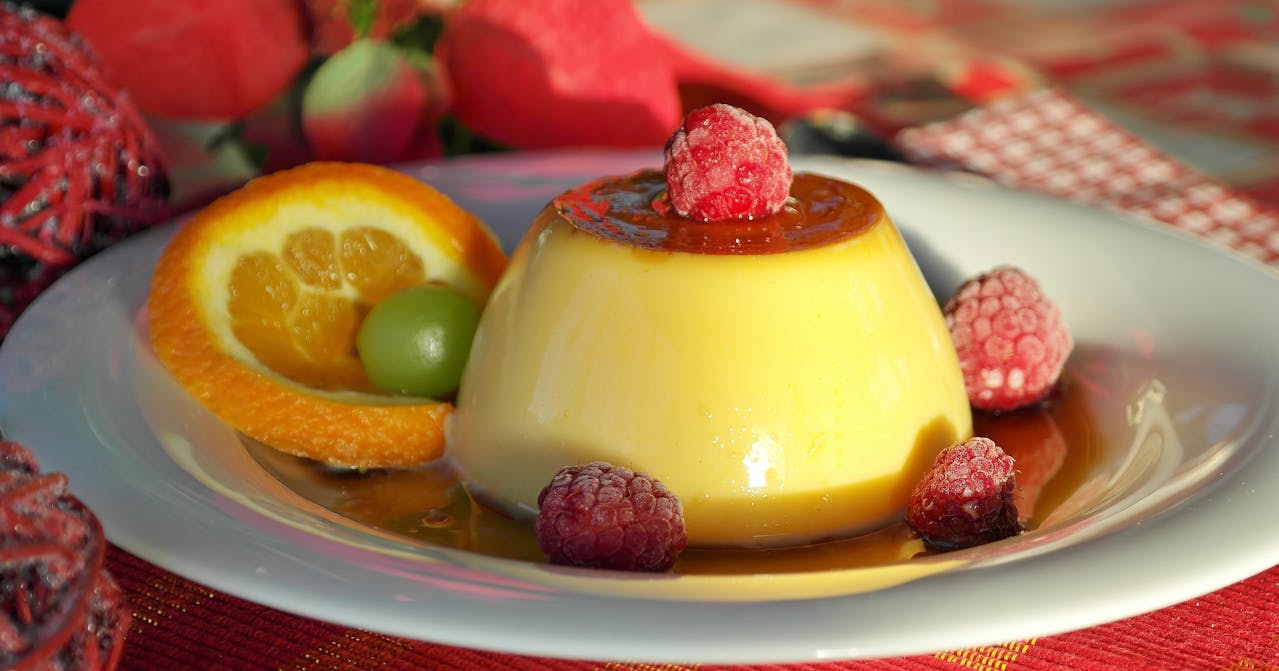
Cornmeal simmered with milk, molasses, and spice anchored cold evenings from Boston to Bangor. Slow baking suits hearth ovens and patient kitchens, not service that must turn tables. The pudding fades as diners chase faster sweets and chefs trim menus for speed. A few taverns revive it in November, whipped cream catching steam and cinnamon. The comfort runs deep, not flashy. Without cooks willing to wait and guests open to learning, the pot stays on the shelf.
New York Egg Cream And Soda Fountain Drinks

An egg cream holds no egg and no cream, only seltzer, milk, and chocolate syrup beaten to a foamy crown. It belongs to a marble counter, a practiced hand, and a room that lingers. As old fountains close, the skill slips with the lease, and phosphates and rickeys fade alongside. Bottled sweets skip the theater. A handful of counters still train new jerks, but the setting matters as much as the glass, and those rooms are rare.
Delta Hot Tamales
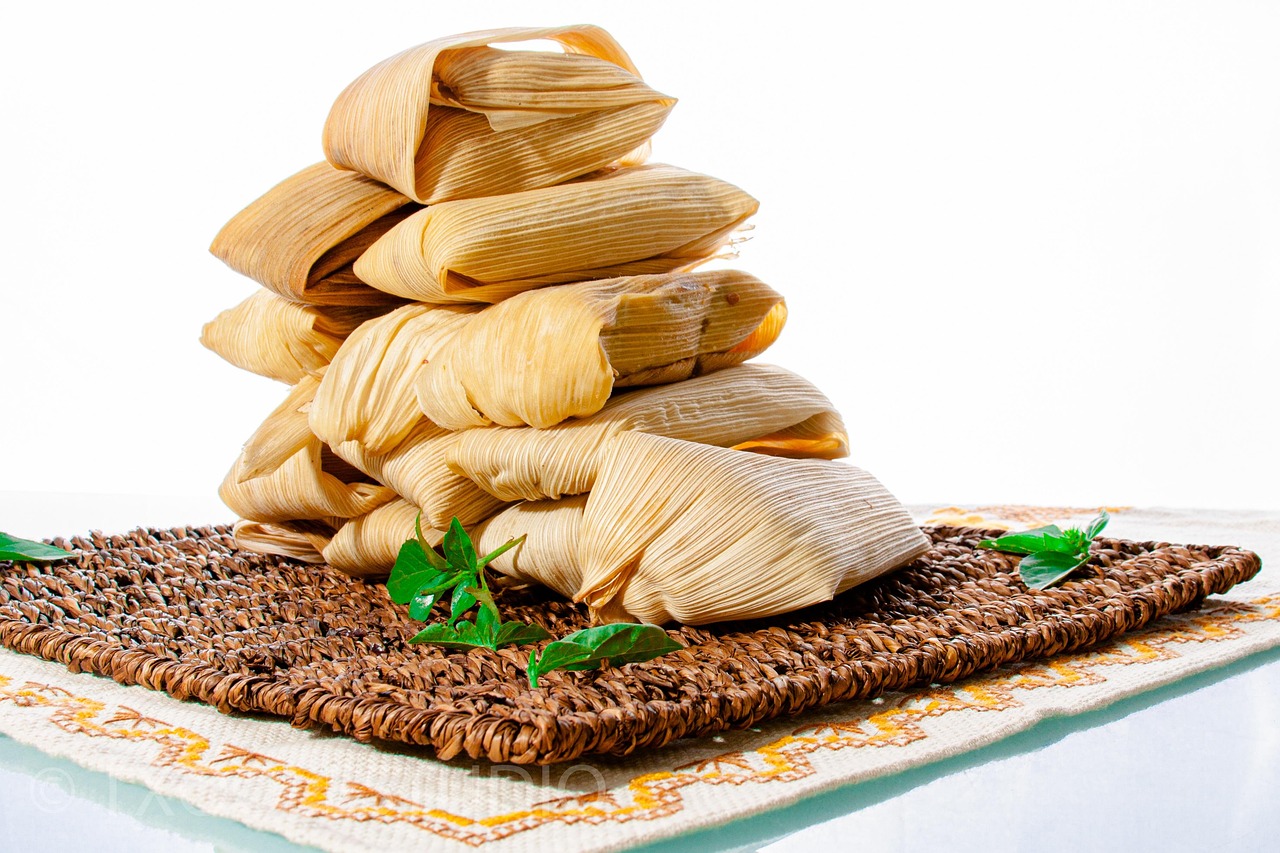
In the Mississippi Delta, steam rises from coffee cans and coolers as cornmeal tamales meet chili warmth after games and late shifts. Families pass down spice, not measurements, and small stands keep odd hours. Owners are aging, margins are thin, and hand rolling takes time most days do not have. New shops open, but many close quietly. Without apprentices and steady crowds, a distinct smell and sound risks thinning to story. The paper wrap carries more than heat.
Chesapeake Soft-Shell Crab Sandwich
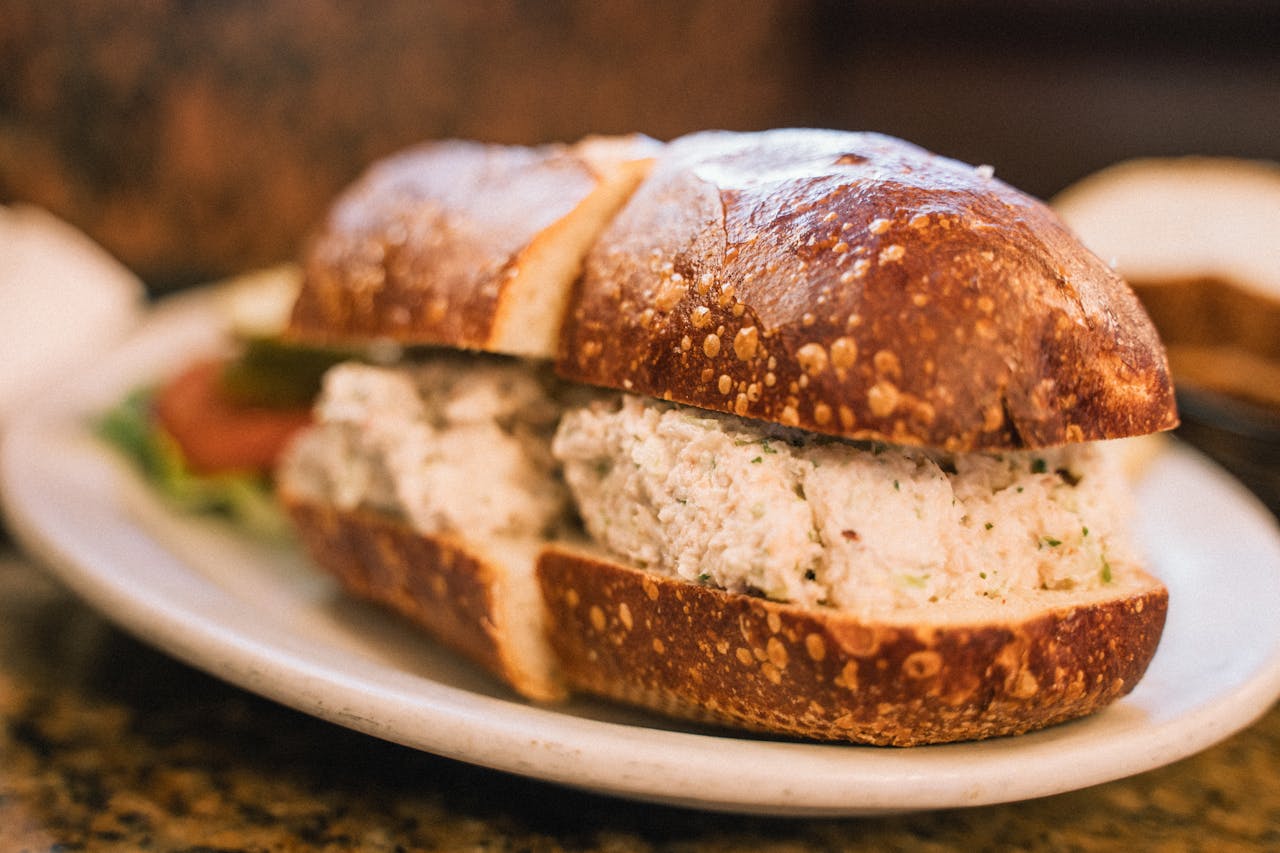
Blue crabs shed their shells in late spring and summer, giving a short window when the whole crab fries crisp and sweet between bread. Wobbling seasons, warm water, and tight labor push prices up and supply down. Some shacks pivot to fish. Others shorten hours and wait for a run. The sandwich is more than crunch. It is a tidal clock on a plate, a lesson that timing can be a harvest, and that harvest can stall.
Great Lakes Whitefish Fry

Friday nights once meant baskets of hot whitefish with rye and slaw at supper clubs where neon hummed above plowed lots. Shifting waters and prey have pressured local harvests, and many kitchens lean on frozen imports. The ritual survives, but fresh fillets land cleaner and fuller, a taste that rewards a short drive to the dock. As family clubs sell and recipes slip, a weekly anchor loosens. Without local boats and steady pans, the glow dims.
Pacific Razor Clam Fritters

Low tides draw headlamps to wide beaches in Washington and Oregon, where diggers find razor clams in fast, careful motions. Harmful algal blooms now trigger closures that erase whole seasons, and fryers go cold. Fritters appear when the catch is real and recent. On open days, towns flood the sand, then refill diners for bowls and plates that taste of surf and fog. When the calendar stays shut, silence settles hard, and the oil never warms.
